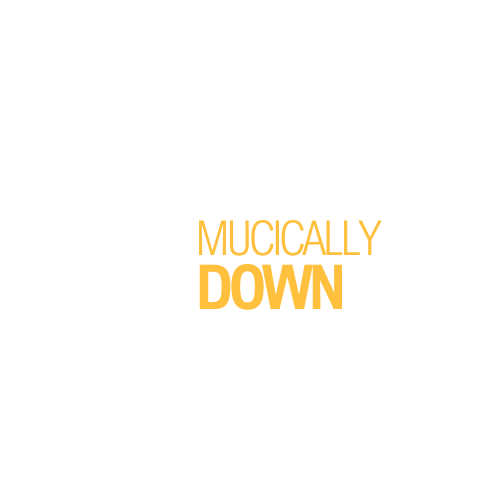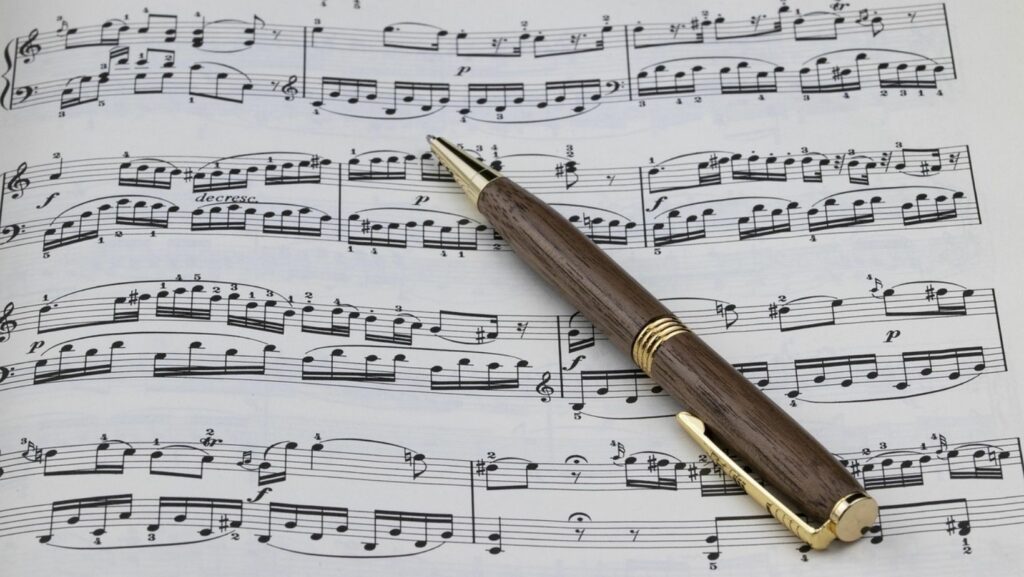Ready to know what all the squiggly lines on sheet music mean?
Learning to read music is like learning a new language. If you’re struggling, you’re not alone. Fortunately, it’s also a lot easier than you might think. In fact, with the right approach you can learn the basics in a matter of weeks.
Excited? Let’s dig in.
What’s In This Guide
- Why Learning Sheet Music Makes You A Better Musician
- The Basic Elements Every Beginner Needs To Know
- How Reading Music Improves Your Overall Performance
- Simple Tips To Speed Up Your Learning
Why Learning Sheet Music Makes You A Better Musician
Learning to read music isn’t just an impressive skill – it makes you a better musician.
When you can read sheet music, you have the key to unlock any song. Forget relying on other musicians or YouTube videos to teach you new pieces – with a few simple elements under your belt, you can pick up and play practically any piece of music from any genre, whether it’s classical music or Christmas sheet music.
Reading sheet music makes you independent and self-sufficient. Instead of waiting for someone else to show you how to play, you can do it yourself. And it’s not just playing new songs that reading music helps with. Reading sheet music develops your musicality, your ear, your technique, and your confidence. In fact, 78% of Americans believe that learning a musical instrument actually helps students perform better in other subjects!
The Basic Elements Every Beginner Needs To Know
To learn how to read sheet music, you need to know the basic elements first.
The staff. This is the collection of five horizontal lines that all the notes live on. Notes higher on the staff are higher in pitch and notes lower on the staff are lower in pitch.
The clef. This indicates which notes go on which lines and spaces. Treble clef is used for higher notes and bass clef for lower notes.
Notes. Notes tell you which pitch to play and how long to play it for. A whole note is four beats, a half note is two beats, etc. The time signature at the beginning of the piece indicates how many beats are in a measure.
Key signatures. This tells you which notes will be sharp or flat for the rest of the piece. It saves composers the effort of writing sharps and flats every single time those notes come up.
Pretty simple so far, right? It really comes to life when you put it all together. Let’s keep going.
How Reading Music Improves Your Overall Performance

This might surprise you…
But learning how to read sheet music actually makes you a better musician overall. It changes the way you understand and perform music. Instead of playing by ear or imitation, you start to recognize the underlying patterns and structures at work.
If you can read music, you see when a composer repeats a section with small variations. You see how the chord progressions flow. You understand why some notes go together and others clash. Your musical expression and dynamics improve. You pick up new pieces faster. You have an easier time playing with others. And you gain more confidence in your abilities.
Students who have access to quality music programs that teach reading music score higher in math, science, and English than those who don’t. The skills you develop translate to other areas of your life.
Simple Tips To Speed Up Your Learning
A quick hint for you to make life easier…
Try to learn one clef at a time. If you’re learning piano, learn the treble clef first. If you’re a guitarist, you only need treble clef. Don’t confuse yourself by learning both clefs at the same time.
Practice reading rhythm without pitch first. Clap out the rhythm patterns before you play them on your instrument. Break the challenge down into smaller parts.
Use flashcards to drill yourself on note names. Just 5-10 minutes a day will help you memorize the notes faster. This is why the online music education market has grown to a $3.32 billion industry – because digital products make it so much fun and easy to practice!
Here’s a pro tip…
Read music away from your instrument. Use your eyes to scan ahead while your fingers play. Professional musicians read music in chunks of phrases, not one note at a time.
Start with simple melodies you already know. Choose a song that you know well so that when you read the notes you have an instant sound recognition. This is especially helpful for kids. Christmas tunes are great for this.
Most importantly? Be patient with yourself. It takes time to learn a new language. Keep practicing, and it will come.
Quick Practice Techniques That Actually Work
If you want to move even faster… these are the practice hacks and techniques music teachers have used for years:
Set a timer for 15 minutes of solid sight reading practice each day. Short daily sessions are far more effective than the occasional marathon practice. Your brain needs repetition to form new connections.
Play duets with a teacher or friend. Learning music in parallel forces you to keep in tempo and sync. It’s a lot more fun than practicing alone too.
Use colored stickers or highlighters at first. Label all of the C notes one color, F notes another. As you get more confident, remove these training wheels.
The Bottom Line
Learning to read sheet music is an investment in your musical future.
Sure, it takes work. And yes, it can be frustrating at first. But the rewards are so worth it. You open up a whole new world of musical knowledge and expression to yourself. Plus, you connect to centuries of musical history and can communicate with other musicians around the world, across languages and cultures.
Mastering Your Musical Future
Ready to start learning how to read music?
Make sure to keep these tips in mind:
- Start with the basics and build from there
- Practice rhythm and pitch separately at first
- Use tools and resources that match your learning style
- Practice a little every day
The thing that every musician who has learned to read music will tell you is that they wish they’d started sooner. Don’t let another year go by playing in the dark. These symbols and codes that look like a foreign language right now will soon become as familiar as reading words on a page.
Grab yourself some easy sheet music, slow it down to a comfortable tempo, and start reading music today!

